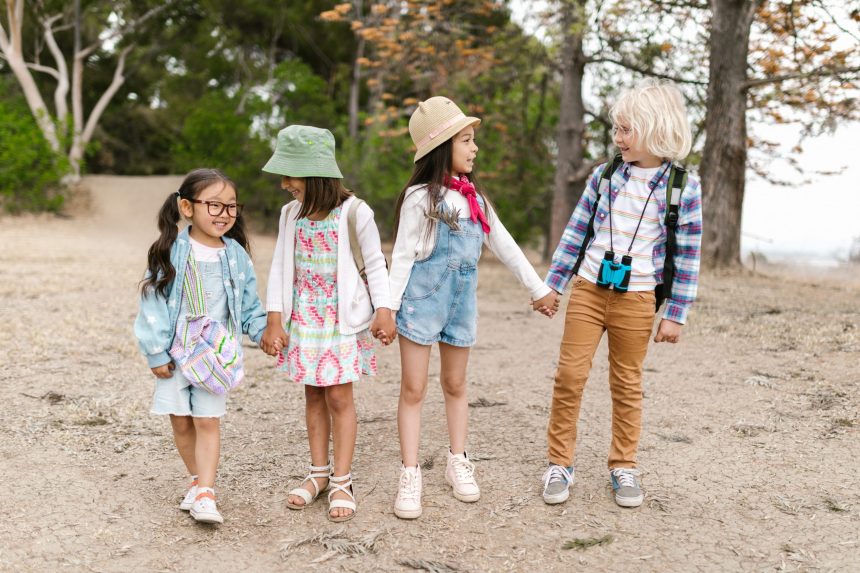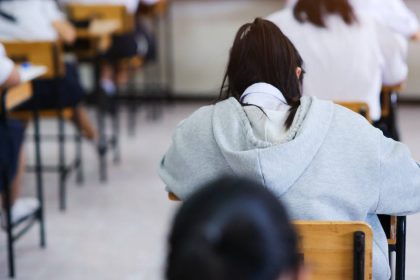In the schoolyard, making friends doesn’t come naturally to everyone. For some, friendship occurs out of classroom convenience. For others, friendship is a commodity that can be bartered for lollies or other interesting lunchbox delights.
But it’s the friendships built on a mutual sense of humour, empathy, honesty, loyalty, trust and respect that stand the test of time, carrying students through their formative schooling years and helping mould social skills that will become vital in later life.
While not outlined in their job description, it’s up to teachers (and parents) to help students develop these social skills and nurture quality friendships that will carry them through their formative schooling years.
Positive friendships create positive outcomes
Positive relationships make schooling a whole lot easier for students, leading to higher academic involvement, increased engagement and a sense of belonging with their institution.
By helping students form lasting relationships with their peers, teachers can help students find success on their academic journey as they transition from primary to secondary (and beyond).
According to the Australian mental health organisation Reach Out, students are most likely to make friends with:
- Classmates or people they work with
- Students they have been friends with in the past
- Students they enjoy talking to
- Students they share family ties with
What parents can do
While a single strategy doesn’t exist, there are some general evidence-based strategies that have been proven to help nudge children towards building their first social network. These include:
Observing how they socialise
Parents can watch how children socialise in school versus at home. If you notice a change in your child’s demeanour, question the difference in the behaviour between at home and in the playground.
Modelling positive social behaviour
Children look up to adults as role models – so it’s important that they are surrounded by healthy ones. Any interaction with a family friend, neighbour or family member serves as an opportunity for parents to teach their children how to develop healthy social habits.
Giving your child a head start
Give your child a leg up by letting them acclimatise to a new environment before more people show up. For example, you may want to let your child take solo swimming lessons before joining their first group lesson.
Extracurricular activities
Encourage your child to sign up for school-based extra-curricular activities such as sports, creative arts or youth groups where they can broaden their social networks.
What teachers can do
With the significant time students spend at school, teachers can play a massive role in helping students form friendships. The Conversation notes that teachers can do this by:
Providing more opportunities for students to interact
Students tend to spend breaks in cliques or groups, but by having more activities or opportunities for students to play and work together, they can slowly branch out of their established circle to form new friendships.
Teaching students interpersonal skills
Try teaching students how to express their opinions in constructive ways. Establish a classroom environment that openly discusses emotions and teach students how to respect difference and understand empathy.
Creating a safe space
Instead of focusing purely on academics, allocate class time for students to discuss friendship issues. This can do wonders in helping them make new friends and understand the perspective of other students.
Being aware of peer culture
Teachers have to be acutely aware of what goes on between students both on and off the playground. Try and take notice of changes, tensions and exclusions in student friendship groups.
How to work through ending friendships
Some of us are lucky enough to maintain friendships through the transition from primary to secondary school (and beyond). But unfortunately, not all friendships survive the jump as people evolve over time. Personalities, values and interests are sure to change as students grow, forcing some friendships to slowly dissolve over time.
When dealing with a ‘friendship breakup’, Parenting Therapist and Founder of Parenting Pathfinders Michelle Felder says the most important thing for parents and teachers to do is to validate the feelings of the children.
“Listen, comfort them, validate their feelings, normalise the experience, and create space for them to share what’s on their mind.” says Ms Felder. “Saying something like, ‘It can be so hard when friendships change. How are you feeling about it?’ can be incredibly supportive and open the door for kids to express the emotions that they’re experiencing,”
“Our instinct may be to try to make things better or solve their friendship challenges for them, but I encourage parents to pause, take a breath, and remember that this is an opportunity to help their child build the skills to cope with a loss in a healthy way,” says Ms Felder.







